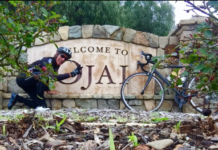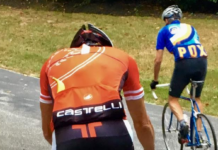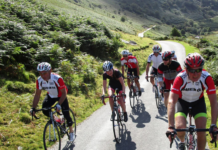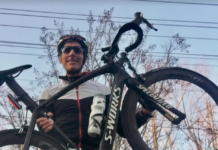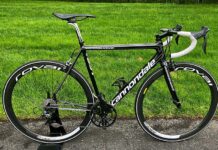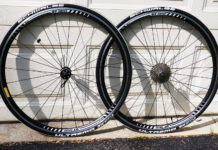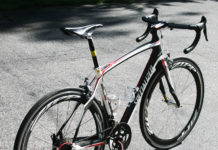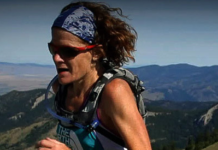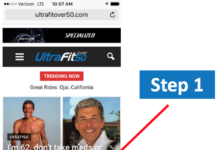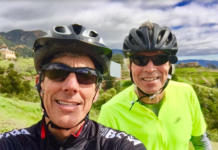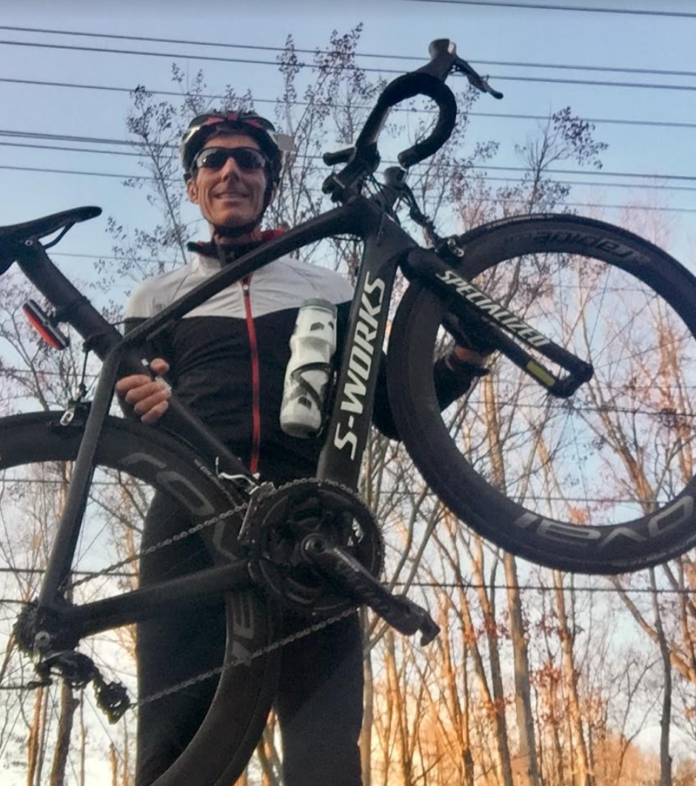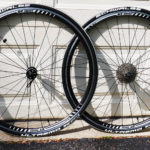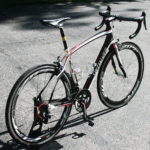Now, let’s take the “Go Slow to Go Fast” approach to another level. Ready?
Many of the top Ultra Fit Over 50 athletes — and our younger counterparts — are focused on “Training Zones.” So, we’ll get a bit more specific about them now.
Most daily workouts for those who want to improve their performance are based around Training Zones — which as we’ve seen in Part 2 of our series, are based on your maximum heart rate, as measured on a ride or run using a heart rate monitor.
If you want to get more specific about your maximum heart rate, you can determine something called your “Lactate Threshold Heart Rate” (LTHR) like this:
- For bikers, be well rested and use a course that is relatively flat.
- Warm up for about 10 minutes.
- Then, with heart rate monitor turned on, (or hit the “lap” button), go full out for 20 minutes.
- The result is your average heart rate for that specific 20-minute period. (Don’t use the 10-minute warmup). That number is your “Lactate Threshold Heart Rate” (LTHR).
Now, let’s roll up our sleeves on the topic of Training Zones. Ready?
| Training Zone | Zone | % of LTHR | Exertion Level |
| Recovery | 1 | < 75% | 1-2 |
| Endurance/Base building | 2 | 75-82% | 3-4 |
| Tempo | 3 | 83-90% | 5-7 |
| Lactate Threshold | 4 | 91-100% | 8-9 |
| VO2 Max | 5 | + 100% (yikes!) | 10 |
Zone 1: This should be an easy day of riding, or running. For cyclists, spin your legs and recover from a prior hard ride on this one.
Zone 2: Let’s build your base and enjoy an endurance run or ride. The pace should be one that you and your friends can sustain, with a moderate amount of chitchat for several hours. Yes, several hours.
Zone 3: Tempo is all about an effort level that is moderately difficult, but still allows you to have a brief conversation with fellow runners or riders. Spoiler alert: This is where I grunt and nod, rather that chatter. Zone 3 efforts can range from 1/2 hour up to 90 minutes. Experts, such as Boulder Performance, suggest that you complete the ride (or run) with 15 minutes of a relatively calm, Zone 1 effort. Think of it as your “wind down.”
Zone 4: Intervals: You’ve heard of high-intensity interval training, we’ll let’s get with the program here. Again, we’ll turn to the experts at Boulder Performance, who recommend:
- Begin these rides (for cyclists) with 15-20 minutes of Zone 1 effort.
- Then do one 5-minute “blowout” Zone 4 effort, followed by 5 minutes of easy riding. Repeat. Yes, repeat. The coaches suggest that you ease into Zone 4 and then keep the effort up during that 5-minute intensity period.
- Finish the ride, or run, with 15 minutes of Zone 1. Yes! That feels good!
Zone 5: VO2 to the Max
- Start with 15 minutes of Zone 1, easy!
- Next, three, one-minute fast spin intervals (Zone 4), with one minute of rest between them. These should be warm-up intervals.
- Then, 5 minutes of Zone 1 again. Nice!
- OK, get ready: Take it to the max with 3 intervals of 5 minutes each at Zone 5. Keep your pace steady and ease into Zone 5.
- Wind down with 15 minutes of Zone 1. That’s the ticket.
Days of Rest: Sort of…
All experts seem to agree that days off are important to maintaining and improving performance. Without taking it easy, your body simply cannot restore itself from intense workout days.
Here’s where your team at Ultra Fit Over 50 takes a bit of an exception.
We typically don’t advocate full days off.
Rather, we believe in being active every single day. On “rest days,” we simply do very light workouts. It could be a gentle 20 minute run; a light 25 minute spin; and a calm yoga practice with 10 minutes, or so, of meditation.
The bottom line is this: Listen to your body…and your mind…and go with its flow.
Never Stop



